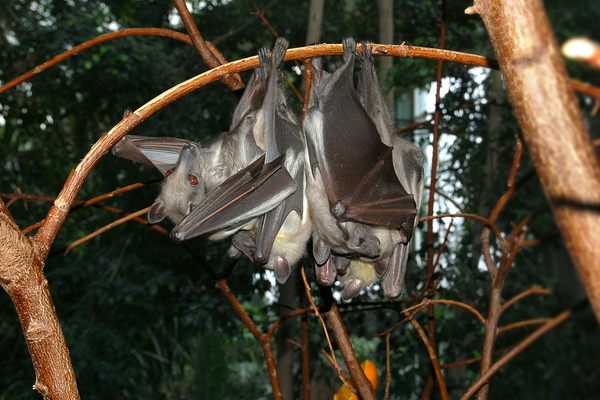Kasanka Bat Migration
Zambia's smallest national park is home to one of the world's largest annual mammal migrations.
Located on the edge of the Bangweulu Wetlands, Kasanka National Park, the smallest and one of the lesser-known national parks in Zambia, is nonetheless a gem for wildlife lovers, home to a diverse array of habitats and animals. The high number of pans, papyrus swamps, dambos, and floodplains makes Kasanka an especially good haunt for birders, with more than 400 avian species recorded in the park.
What the park is most notable for, however, is the enormous annual bat migration. Between November and December each year, some 5 million to 10 million straw-colored fruit bats (Eidolon helvum) descend on the park to feast on the area’s musuku, mufinsa, and other fruit trees. Scientists are not sure exactly where the bats spend the rest of the year, though they are known to come from deep in the Congo rainforest.
Visitors hoping to catch a glimpse of this thrilling sight are led on guided tours to various tree hides in the park during the dawn and dusk hours when the nocturnal creatures are especially active. There are so many bats that they darken the sky. The sheer number of bats makes this tradition one of the largest annual mammal migrations on the planet.
Know Before You Go
The park is managed by a unique private-public partnership known as the Kasanka Trust. The Trust is responsible for running all aspects of park operations. Reservations can be made by calling or emailing the park through their website. Although the park offers wildlife viewing throughout the year, the bat migration occurs in November and December.
Community Contributors
Added by
Edited by
Plan Your Trip
The Atlas Obscura Podcast is Back!




















Follow us on Twitter to get the latest on the world's hidden wonders.
Like us on Facebook to get the latest on the world's hidden wonders.
Follow us on Twitter Like us on Facebook